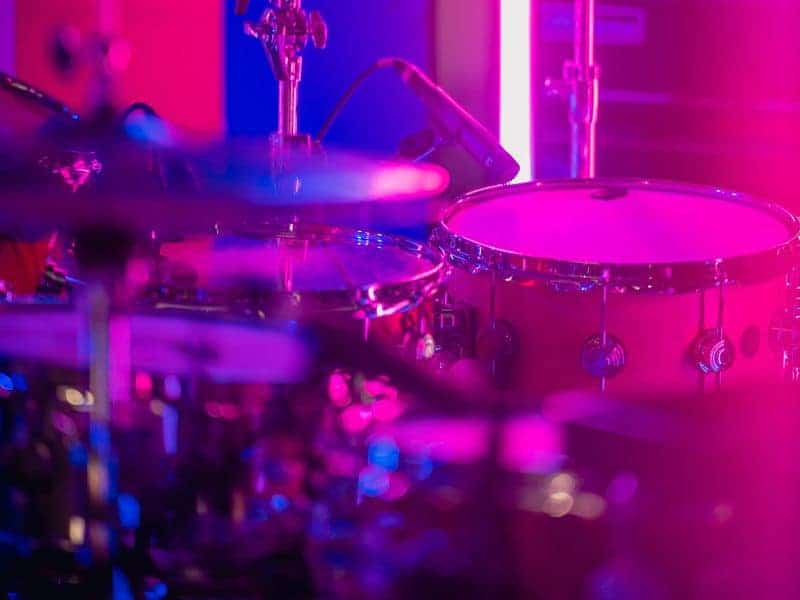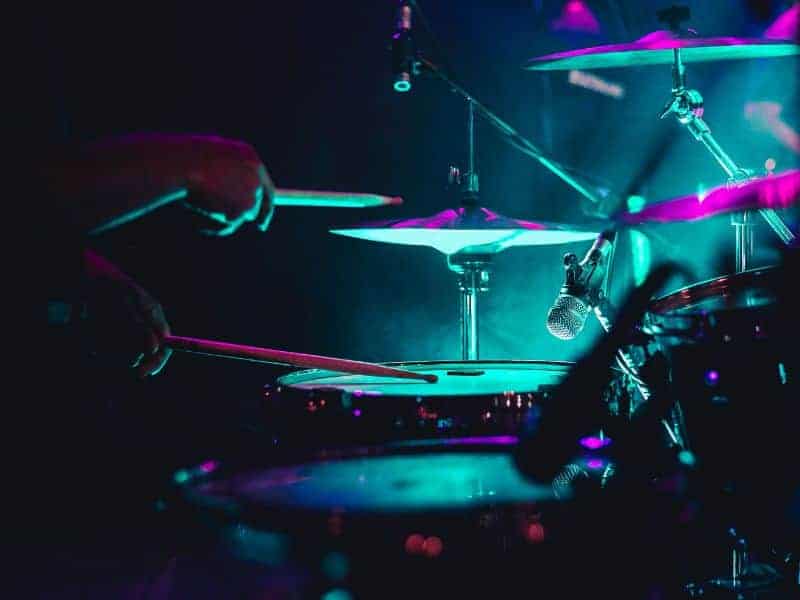The snare drum, a cornerstone of rhythm and groove, has undergone a fascinating evolution in the world of music production. One captivating variation that has gained prominence over the years is the gated snare drum. With its distinctive sharp attack and sudden decay, the gated snare has found its place in various genres, from ’80s synth-pop to modern electronic and pop productions. In this blog post, we’ll dive into the world of gated snare drums, exploring different types and their unique sonic characteristics.
1. The Classic Gated Snare
The classic gated snare is a hallmark of the 1980s sound, prominently featured in hits of that era. This snare variation is characterized by its explosive attack followed by an abrupt cutoff, creating a punchy and dynamic impact. Achieving this sound involves using a noise gate to sharply attenuate the snare’s decay, resulting in a clean and precise snare hit.
2. Reverse Gated Snare
The reverse gated snare flips the concept, starting with a muted or reversed snare hit that opens up dramatically after the initial impact. This technique can create an intriguing sense of tension and anticipation, making it a favorite for building climactic moments in electronic and cinematic music.
3. Gated Reverb Snare
Combining the power of gated reverb with the snare drum, this variation produces a massive and ethereal sound. Apply a reverb effect with a gate sidechain trigger from the snare hit. As the snare sound decays, the reverb is abruptly cut off, resulting in a snare that’s both spacious and focused.
4. Gated White Noise Snare
Adding a touch of experimentation, the gated white noise snare involves layering a burst of white noise alongside the snare hit. This technique imparts an electronic and futuristic quality to the snare sound, making it ideal for genres like techno and industrial music.
5. Gated Tonal Snare

Incorporating tonal elements into a gated snare can yield intriguing results. Layer a short synth or percussive sound with the snare hit, and then apply gating to both elements. This fusion creates a textured and harmonically rich snare that stands out in the mix.
6. Gated Hybrid Snare
As the name suggests, the gated hybrid snare combines various techniques to create a snare sound that’s uniquely your own. Experiment with layering different samples, applying processing, and adjusting gating parameters to craft a snare that suits the mood and style of your production.
Creating Gated Snare Drums: Tips and Techniques
- Selecting the Right Snare Sample: Begin with a snare sample that has a strong attack and suits the desired sonic character. Vintage drum machine samples or synthetic snares work well for achieving classic or futuristic gated snare sounds.
- Gating Parameters: Adjust the gate’s threshold, attack, hold, and release settings to sculpt the snare’s decay and sustain. Finding the right balance is crucial for achieving the desired effect.
- Layering and Processing: Experiment with layering multiple snare samples, adding effects like EQ, compression, and saturation to shape the overall sound. This can enhance the impact and texture of the gated snare.
- Automation: Utilize automation to adjust gating parameters over time. Gradually opening or closing the gate can add a dynamic and evolving quality to the snare sound.
Conclusion
Gated snare drums have carved a distinct niche in the world of music production, lending their signature character to a wide range of genres. From classic ’80s vibes to cutting-edge electronic music, the gated snare offers a playground of sonic possibilities. By exploring different types of gated snare drums and experimenting with layering, processing, and automation, producers can harness the rhythmic power of this captivating sound to create tracks that are both timeless and innovative.
Recent Posts
Exploring the Analog vs. Digital Debate in Synthwave Music Production
In the realm of electronic music production, particularly within the vibrant genre of synthwave, the debate between analog synthesizers and digital VSTs (Virtual Studio Technology) has been an...
In the world of music composition, the choice of key can significantly influence the mood, emotion, and overall feel of a song. Each key has its own unique characteristics, from the bright and...

